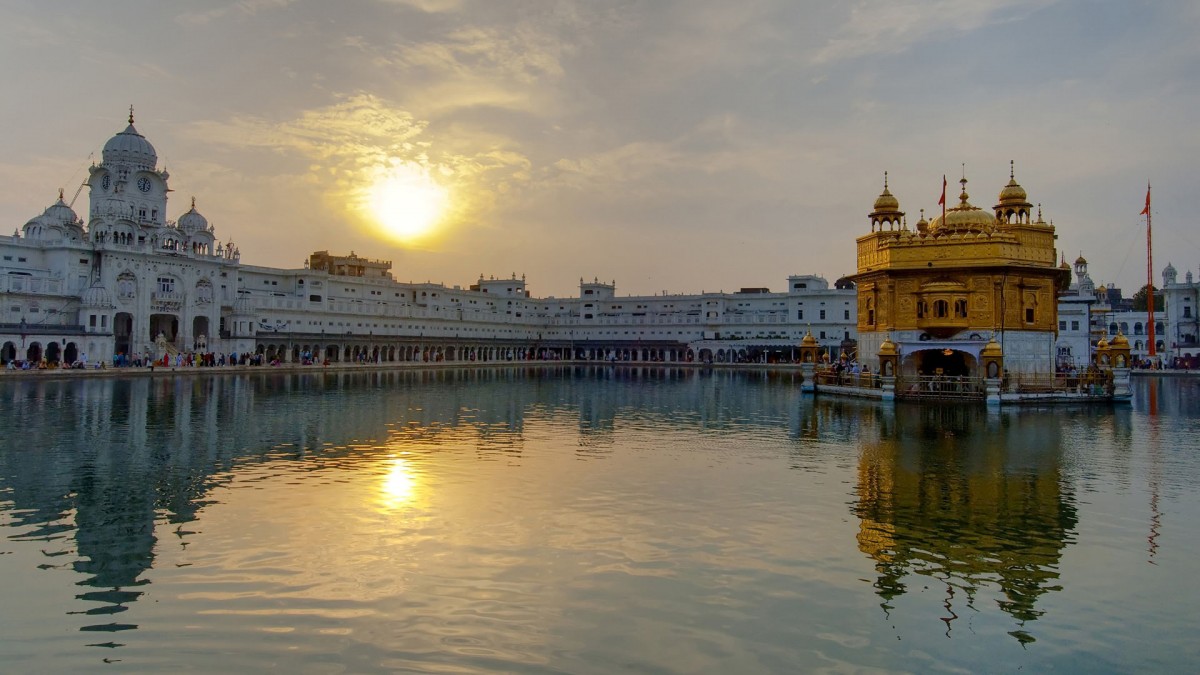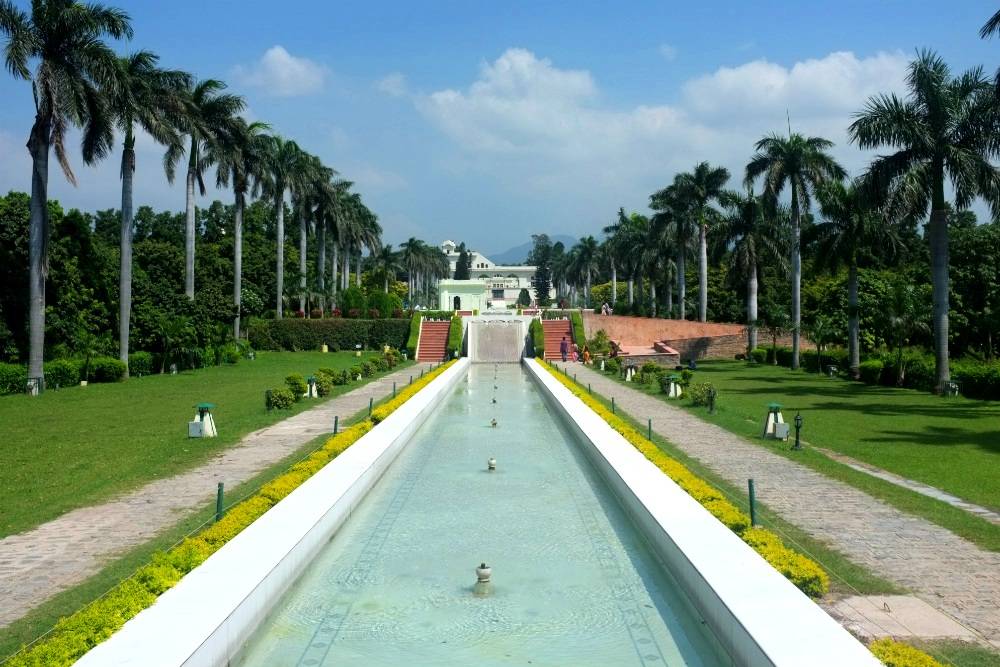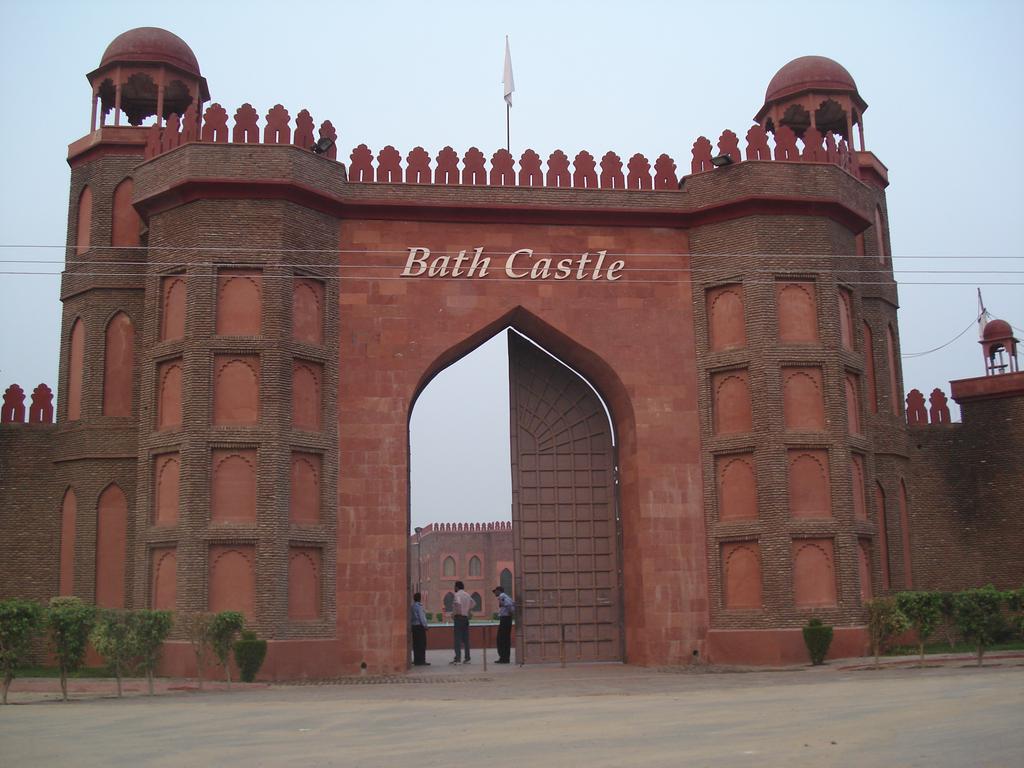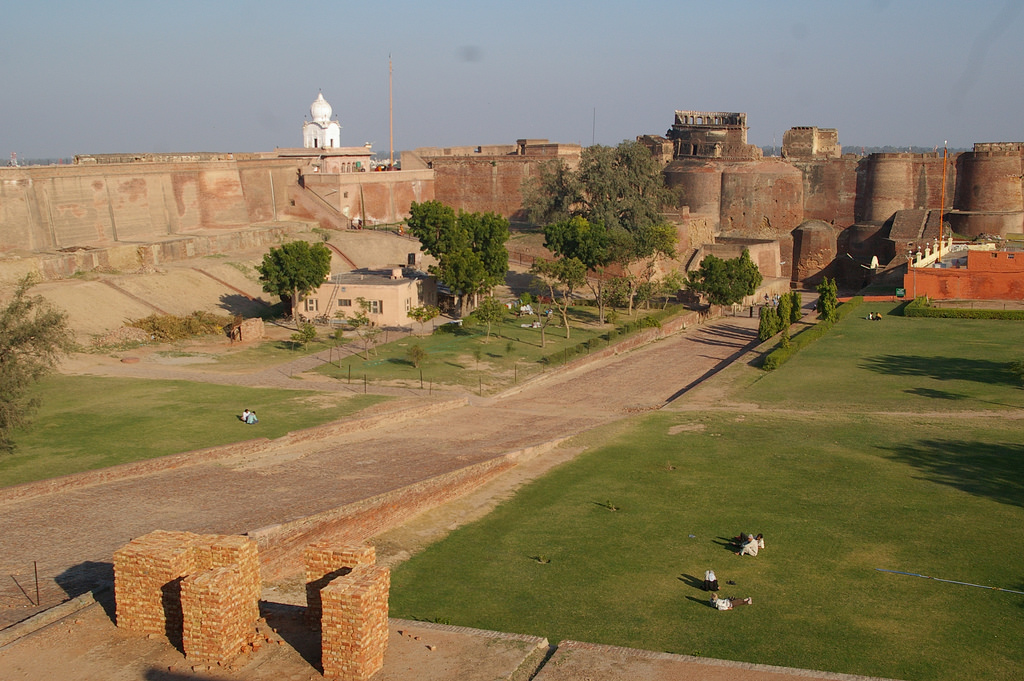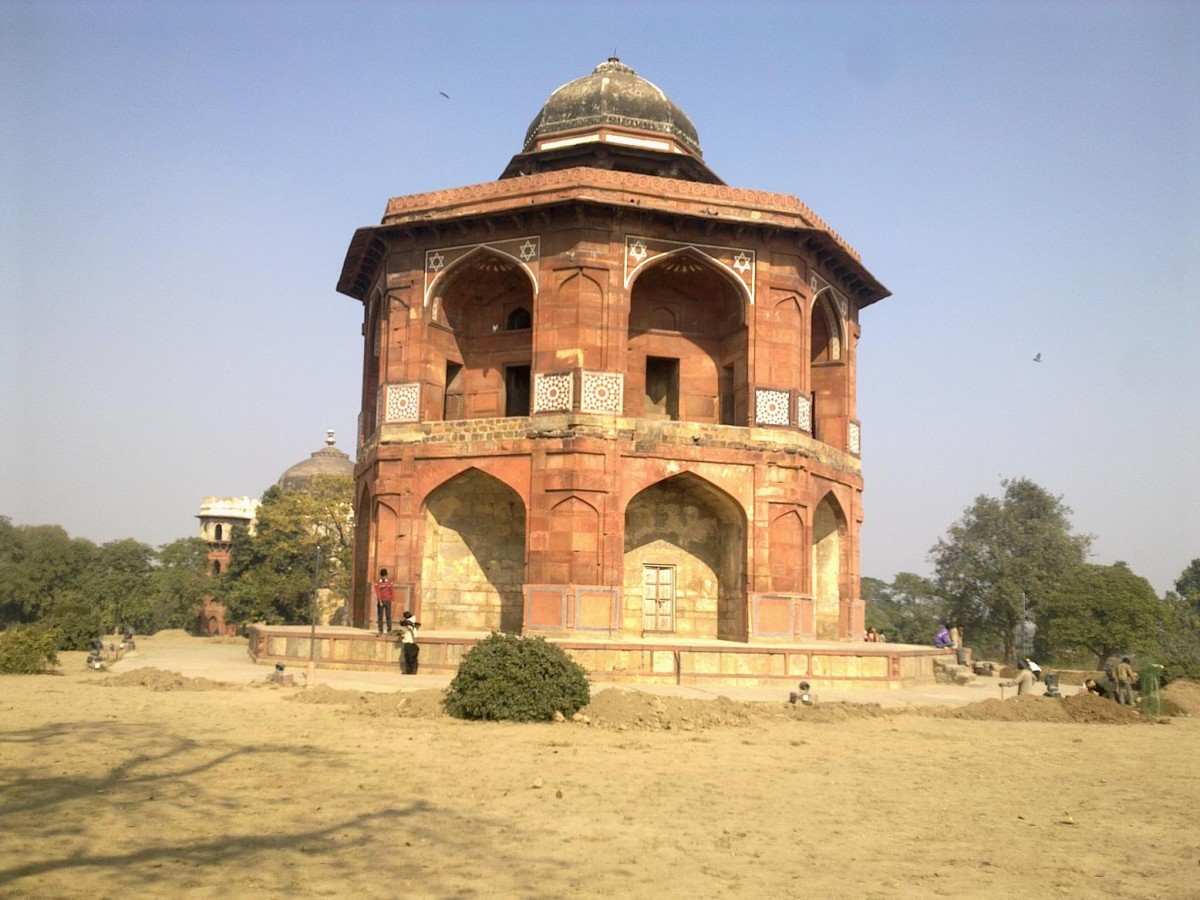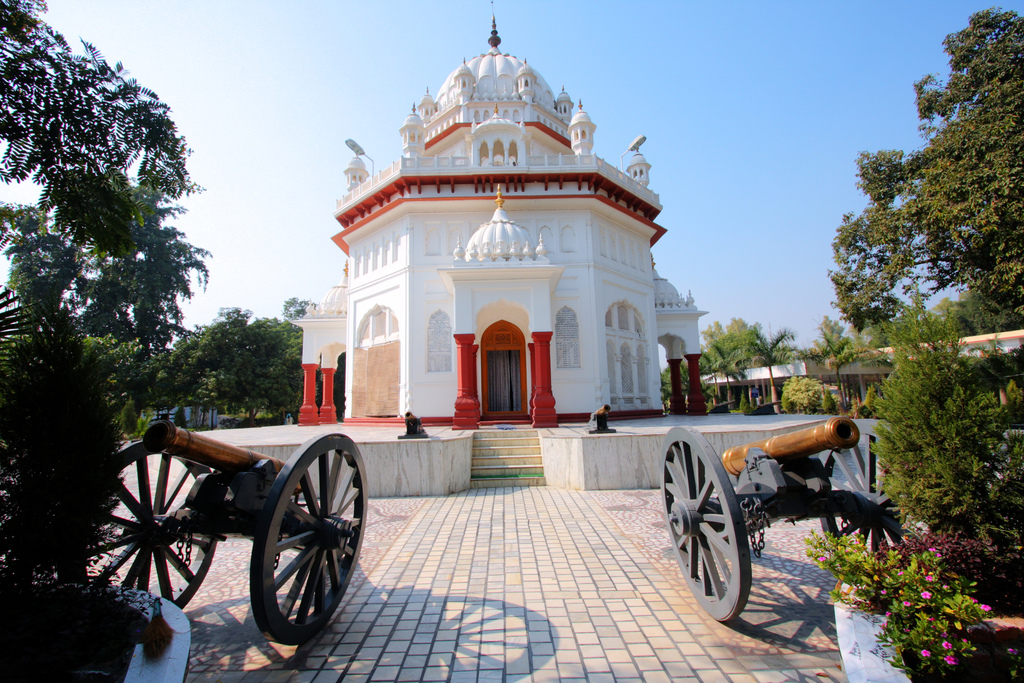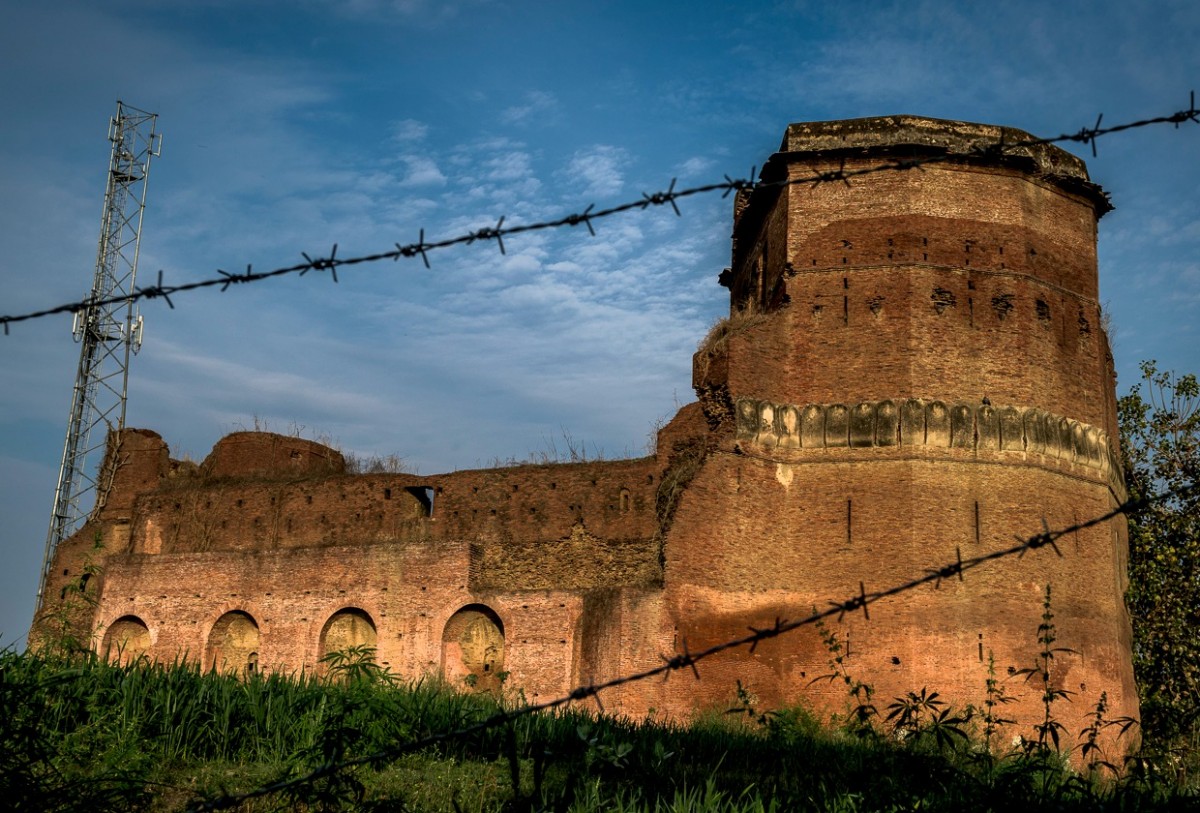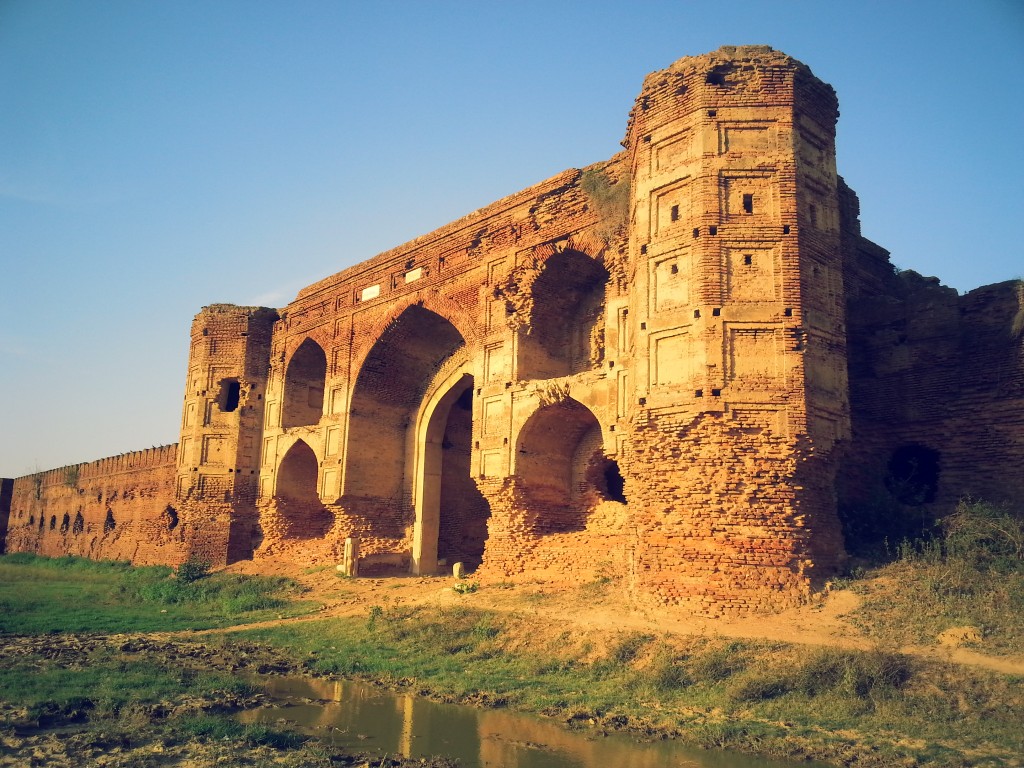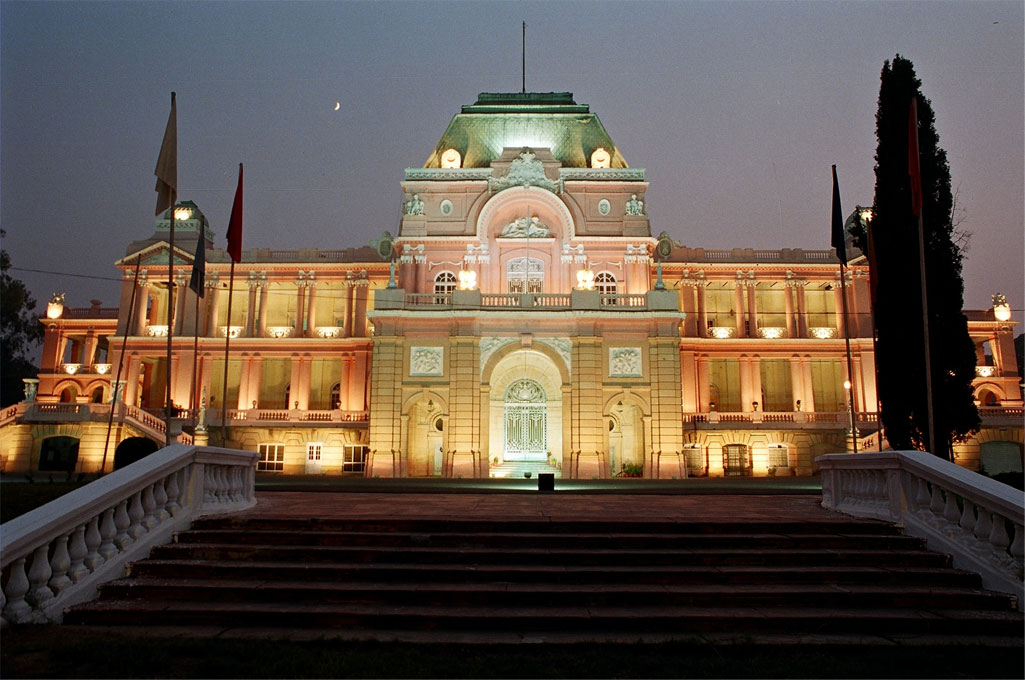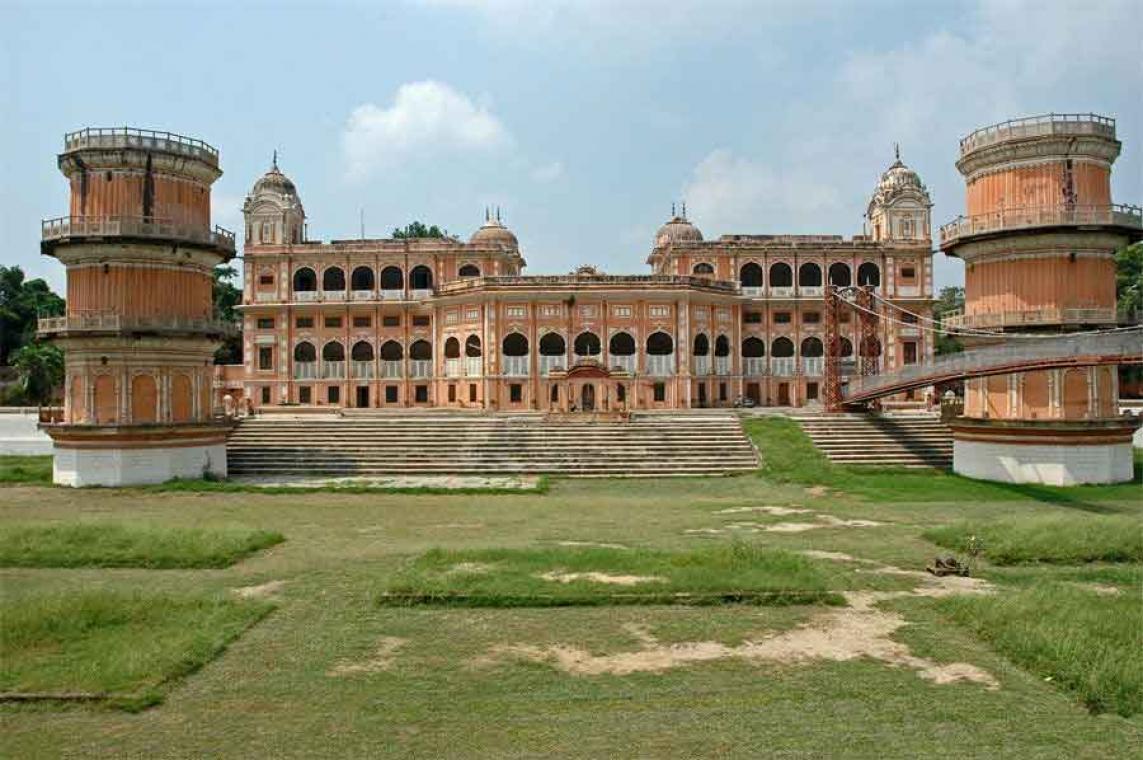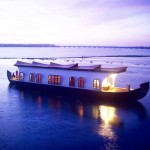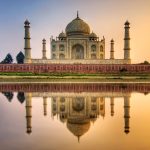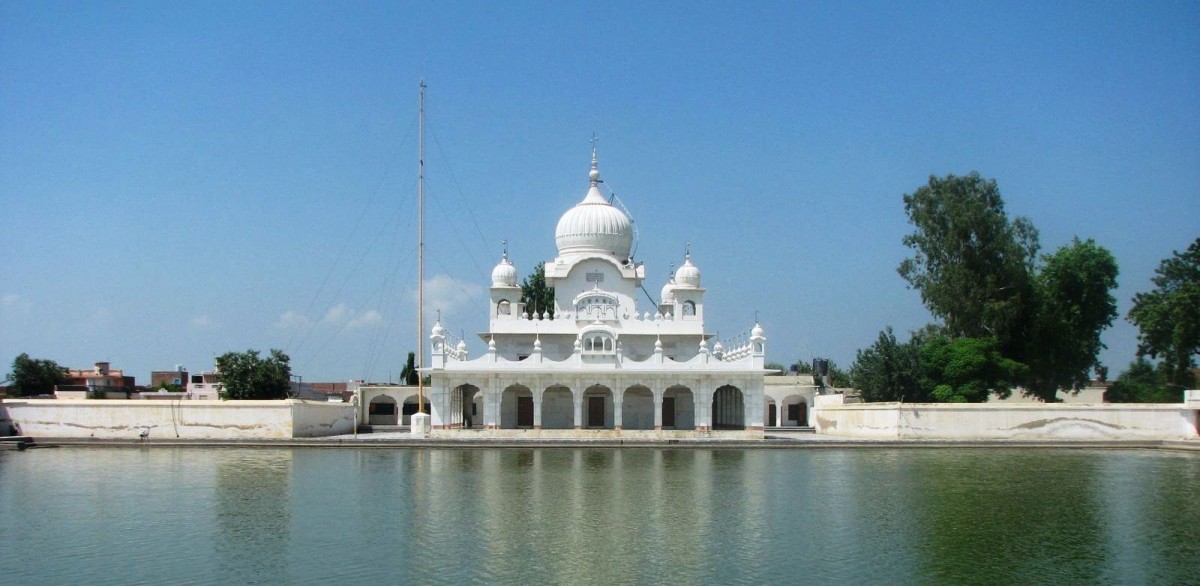
Faridkot Tourism and Travel Guide
BRIEF HISTORY
The ruling family of Faridkot claim descent from Jaisal, founder of the state of Jaisalmer in 1156 AD. His descendant, Kapur, converted to Sikhism and founded the principality of
Kot Kapura in 1705. Disputes between his grandsons resulted in a separation of the family estates in 1763. Sardar Jodh Singh Brar, remaining in control of of Kot Kapura, and his younger brother, Sardar Hamir Singh Brar, establishing himself at Faridkot.
The Lahore Durbar seized both estates in 1807. Maharaja Ranjit Singh then conferred them on his favourite, General Dewan Mokam Chand, in the following year. However, the intervention of the British authorities secured the restoration of Faridkot and all its dependencies to Sardar Gulab Singh in 1809. Kot Kapura remaining under the Lahore Durbar.

Sardar Attar Singh, son and successor of Gulab Singh, died under mysterious circumstances in 1827, and was succeeded by his cousin, Pahar Singh. The latter did much to restore the fortunes of his house by nailing his colours to the British. He assisted with transport and supplies during the First Afghan War in 1839-1842, then served alongside British Forces in the First Sikh War, giving immense help in the struggle against the Lahore Durbar. The reward for his services included promotion to the title of Raja, the restoration of Kot Kapura, and a grant of substantial territories confiscated from the Raja of Nabha. At his death in 1849, he had doubled the size of his state.
Raja Wazir Singh, did not quite outshine his father, but nevertheless, contributed significantly towards the British cause during the Second Sikh War of 1849 and in the Indian Mutiny in 1857. He received further hereditary titles and honours in recognition of his services. His only son and successor, Raja Bikram Singh, followed his father’s and grandfather’s examples by supporting the War in Afghanistan in 1878-1880. He supplied his own troops, recruits for the British forces and made a significant financial contribution. He was
also took a leading role in the Sikh religious movements of the day, making substantial contributions to Sikh charities and good causes. Not least of these being the electrification of the Golden Temple complex at Amritsar. He died within a year of the completion of the project in 1898.
Raja Balbir Singh succeeded his father but was forced to accept a degree of supervision by the British authorities for the first few years of his reign. Althouh he received his full ruling powers in 1904, he died without male heirs, two years later. The gadi then devolved to his nephew, whom he had adopted as his heir a few years previously. A Council of Regency control affairs until he came of age in 1916. By then, the Great War had been raging in Europe and the state had contributed significantly towards the war effort, her soldiers serving with considerable distinction in East Africa. Brij Indar Singh also assisted the War effort, receiving recognition for his own services and those of his troops by the grant of a commission and the personal title of Maharaja. He died in late 1918, leaving the throne to his elder son, aged three years.
Raja Har Indar Singh’s tender years meant another regency, this time one lasting sixteen years. His education was carefully managed and he received training in administration and the military. He became a skilled sportsman but perhaps his greatest passion was all things military. He was briefly attached to the British army and saw service on the North-West Frontier at an early age. Thereafter he spent much time on expanding the state forces, improving their equipment, training and efficiency. During the Second World War the state forces accounted for 4.5% of the total population and 9,000 men had joined the Indian Army, Navy or Air Force.
During his reign, the Raja faced a trying time from nationalist elements, his state being a particular target of the Indian National Congress. Nevertheless, he acceded to the Dominion of India in 1947, only to face a new crisis as tens of thousands of Hindu and Sikh refugees poured in from Pakistan. The small state was almost overwhelmed, but managed to cope with a great deal of outside help. It is something of a tribute to the Raja that unlike many other border areas, the administration continued to function effectively and
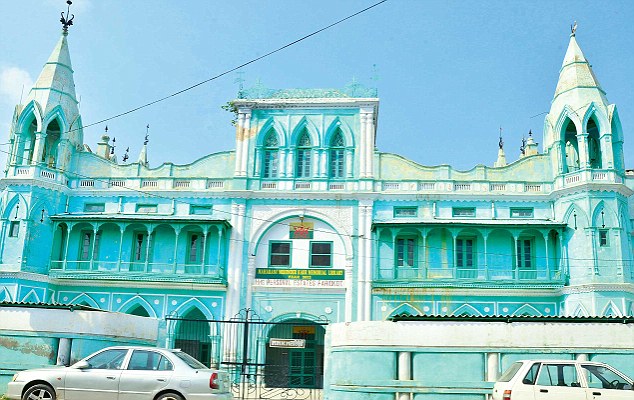
efficiently throughout the period.
Following independence, Raja Har Indar Singh, continued his interest in military affairs, but also turned his attention to business and farming matters. Though hounded by the Indian tax authorities throughout his life, in financial terms he managed better than most princes. He also amassed a wonderful collection of vintage motor vehicles at his properties near Simla. Included amongst them, several unique Rolls-Royce cars, military vehicles, and aircraft from the Second World War. He died aged seventy-four years in 1989, seventy-one years after his accession.
Tikka Raja Har Mohindar Singh, only son and heir apparent to Raja Har Indar Singh, died unmarried in a motor accident in 1983. Consequently, his father vested all his property and possessions in public and family trusts, many of which are used for the benefit of his former subjects. Nevertheless, they have not been free from the Indian tradition of long running family litigation, which remains unresolved to this day.

